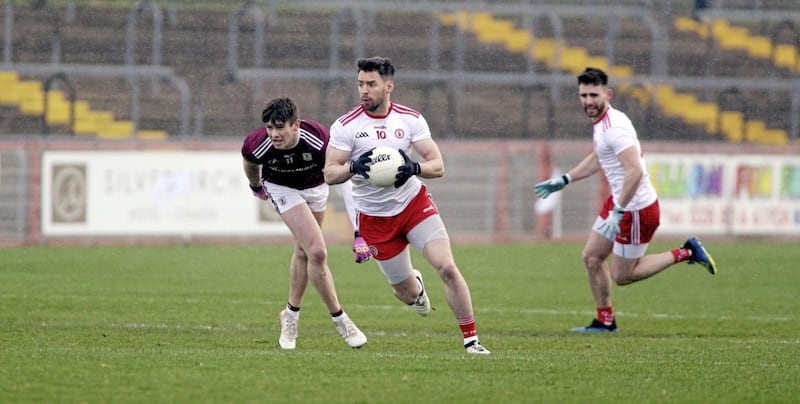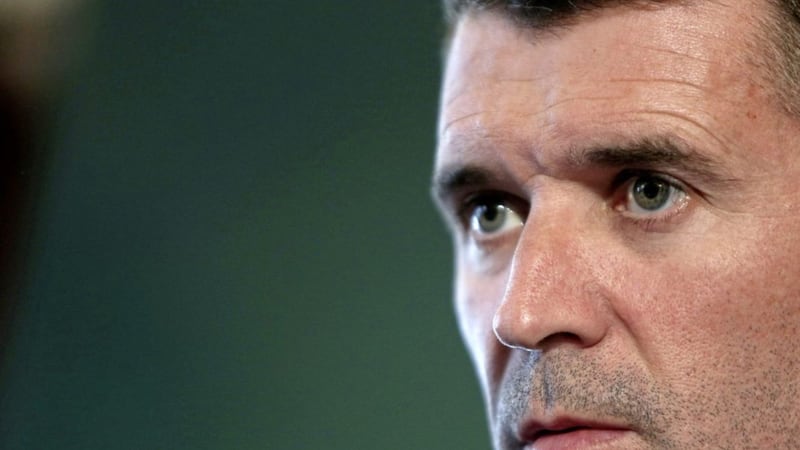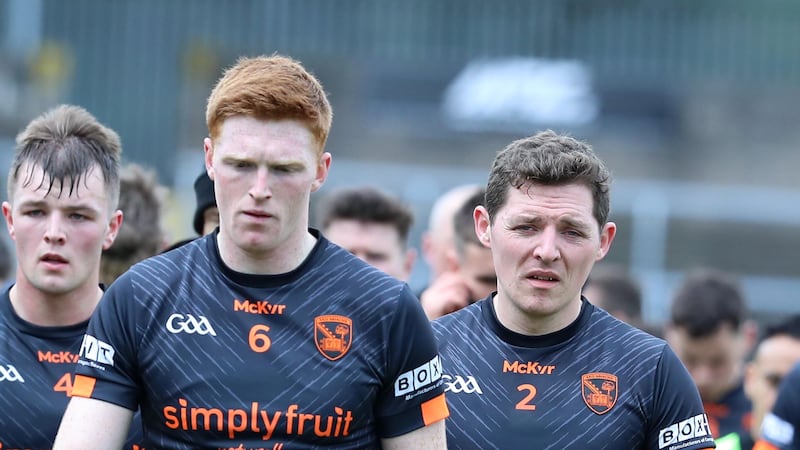IN a typically outstanding piece in
[ The Irish TimesOpens in new window ]
yesterday, Ken Early demonstrated why Roy Keane’s withering performance on Sky Sports was a window into his hotchpotch coaching career.
The abrasiveness of his character is one thing, and while the modern day superstar might have an allergic reaction to the kind of truth Keane knows no other way than to tell, there’s a deeper and more consequential thread running beneath it.
Materially, the game that he excelled at still exists. Two sets of goalposts, 11 men, one ball. But as Early demonstrates, so many elements of the game, particularly in England, have changed in the last 15 years.
Taking the example of Liverpool’s first goal against Huddersfield on Friday night, he dissects the subtleties of the way they pressed and stole the ball:
“Keïta is waiting to spring the trap. As the ball goes back to Lössl, he knows his team-mates are leaving the goalkeeper with only two options: hit it long, or pass to Stankovic in the middle,” he writes.
“At the precise instant he sees Lössl has chosen the short rather than the long pass, Keïta takes off, goes past Hogg before Hogg realises what is happening, and arrives on Stankovic’s blindside as he turns with the ball and attempts to pass. Keïta blocks the ball to the nearby Salah, runs into the area, collects the return pass and scores.
“…They were destroyed by the superb organisation of Liverpool’s press – most obviously the timing of Keïta’s burst forward into the challenge, but also the angle Sturridge chose to cut off, the positioning of Salah and Mane. It was a team goal to which four players contributed, and two of them didn’t even touch the ball.”
Some will read that and frankly think "f*** off". They'll see Stankovic dallying on a ball he shouldn't have been given, and Liverpool taking it off him to score. Nothing more, nothing less.
Those people wouldn't be wrong either. But what Early offers is a lesson in understanding the unseen.
That comes from the same school of thinking that Gary Neville subscribes to. Regular viewers of the Monday Night Football show in which he and Jamie Carragher discuss the game's hidden artistries will recognise that they’re peering through the semi-transparent first layer and striving to uncover the science of what’s beneath.
Roy Keane’s world is one that psychologists could see as more dichotomous. It’s somewhere that there are laws of unintended consequence exist. He sees only the black and white, where everything’s directly attributable.
So in his eyes, Man United conceded their second goal to City less because of Darmian’s wandering eye that saw him sucked in by Aguero’s run in behind Smalling, and more because when he was in a position to, he didn’t get close enough to shut down Sane’s shot.
Gary Neville sought the hidden elements, but Cobh’s finest straight-talker stripped his former team-mate bare. It was like a sledgehammer to the shell of the more complicated cocoon in which Neville has found greater warmth than he did on the Mestalla touchline.
“I think they’ve been run into the ground…”
“Oh Gary, Gary, it’s two yards man.”
That’s what straight-talking can do to a newer brand of analysis that is still uncomfortable in its own skin. But Neville’s failure to stand behind his overall argument doesn’t change the fact that he wasn’t wrong either.
Their debate was, albeit wholly subconsciously to them, reflective of the opposing sides of modern GAA analysis.
On the Keane side, there’s the black-and-white line of entertainment, where spades are called spades. This is the land occupied by Pat Spillane, Colm O’Rourke, et al.
Neville represents the other end, where a spade can be referred to as a long-handled blunt cutting instrument, and there’s a preference for having a base of evidence before declaring that it’s actually a spade and not some kind of alien shovel.
This is where the Jim McGuinness', Peter Canavans, James Horans of this world operate. (As an aside, is Joe Brolly - with his ability to analyse it and at the same time lambast it all by looking in from a wholly traditional angle - the only man to straddle both camps?)
The analysis of our games is reflective of the gradual evaporation of dichotomous thinking from mainstream society. The world has widened and mindsets have followed.
Coaches have applied more grey-area thinking to their work, and that’s filtered right down the chain. Subsequently, the new generation of Gaelic footballer no longer thinks or talks about winning a 50-50 battle with their man, but rather whether there’s any point even engaging in one.
The most prominent manifestation of that has been defensive systems that have changed the face of the game, and slowly begun to turn their hand at hurling too, a game that’s become a long-range shootout with far fewer goals.
They’ve largely come about because coaches began to play the percentages on trying to win the ball back in the opposition half, figuring that the area from which teams tend to score is the one in front of goal and that they’d be better protecting it instead.
Never was there a better example than in spending three days watching footage of Mattie Donnelly playing as a sweeper for Tyrone.

In last year’s All-Ireland semi-final and final combined, he made just three tackles (winning one) and one block. To look at it in the simplest of terms, most men would tell you that he was doing nothing.
And yet it was his positioning and mere presence that prevented goals, the same way Liverpool’s press has indirectly led to their outstanding defensive record, or like the Aguero run that took Darmian away.
They’re all indirect but intended consequences.
Teams simply didn’t go into the zone in front of Tyrone’s posts looking for goals when Donnelly was there because he was there.
Yet is anyone that thought they’d be better off applying the more obvious, simpler approach of playing him at full-forward now being proven wrong? Not a bit of it.
There are times when we all struggle to understand the grey matter of football now. The growing Gary Neville brand of analysis is helping to cut through it, but to even the most interested observer some of the tactics can seem unnecessarily over-thought and convoluted.
As the saying goes, overthinking is the art of creating problems that don't exist.
Yet as the tactical awareness and ingenuity of coaches continues to spawn more and more cells in Gaelic football's bloodstream, the sport has become almost as complicated to watch as it is to play.
There are times when the obvious cannot be ignored, but thinking and talking of the game only in the terms of its previous existence no longer cuts it.
The book of GAA terminology has an updated version, but there are still those clinging to the dog-eared paperback they learnt by heart in primary school.
It still contains valuable and relevant lessons, some of which still supercede modern thinking.
Sometimes it's only two yards, man. Sometimes the old language still wins.
But in the era of possession and decision-making, such instances are getting fewer and farther between.








